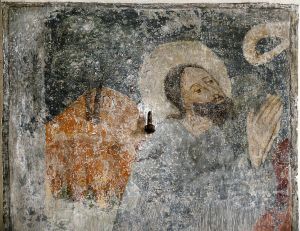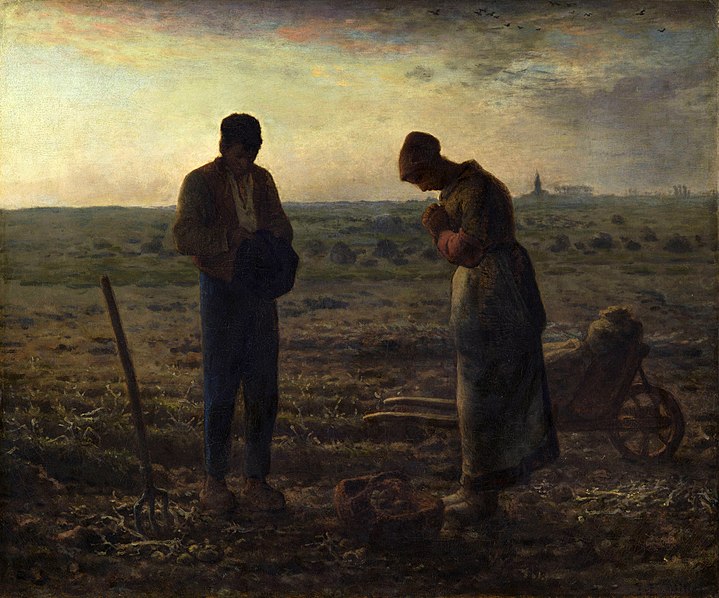Friends, a plea….
A plea for help, for prayers and for financial support for a dear family
who has struggled mightily and now,
They Really Need Us.
You know Mary Lenaburg, of
Of course you do!
We’ve been treated to her honesty, her candor,
her beautiful words.
We’ve been blessed with a
glimpse into her family.
We’ve been humbled and inspired by the grace with which they’ve cared
for their lovely daughter, Courtney.
When one reads Mary’s blog, one is wrapped in
her honesty, in the bringing – to – life of her blog title.
The Lenaburgs are indeed perseverant about their
love for each other and the care and dignity
bestowed upon their beautiful Courtney.
Mary’s family has had a hard road, a road which is about to get harder.
Warriors, we need to fight the good fight and
cover the Lenaburgs in prayer.
Storming-heaven-prayer.
AND, if there’s something tangible you feel able
to offer, please consider clicking to
THANK YOU!
If you are a blogger, please know that
we need help spreading this word.
In the spirit of utilizing our blogs as instruments of communication to not only evangelize, but spread the generosity and beauty of our Catholic faith, we really need MANY to join a huge promotional effort.
On the CBN Facebook page, we are now a group of over 1,000 members!! We’d like to to have as many bloggers ] as possible spreading the word about the
gofundme acct that’s been set up for the Lenaburg family.
Here’s what you awesome bloggers can do:
1. Please mention our
gofundme account in an upcoming blog post
3. Pray, pray pray pray.
The following Catholic bloggers have shared, encouraged and spread the word~~
You’ll be moved.
AND our fund is doing beautifully thanks to their efforts!!
Let’s spread the word far, wide and fast.
You. Are. The. Best.
And hey, remember what Pope Francis said about
the internet being used as a force for good?????
The Internet, in particular, offers immense possibilities for encounter and solidarity.
This is something truly good, a gift from God. —
Pope Francis
There ya go.
Papa has spoken.
As for me, I can say it’s an honor
to heed his words along with you good people.
Thank you!
 I write the reflection for the fourth of every month in the new morning prayer book called “As Morning Breaks” from CatholicMom.com.
I write the reflection for the fourth of every month in the new morning prayer book called “As Morning Breaks” from CatholicMom.com.
Melanie Jean Juneau is wife and mother of nine children. The very existence of a joyful mother of nine children seems to confound people. Her writing is humorous and heart-warming; thoughtful and thought provoking with a strong current of spirituality running through it. Part of her call and her witness is to write the truth about children, family, marriage and the sacredness of life.She blogs at joy of nine9 and mother of nine9









